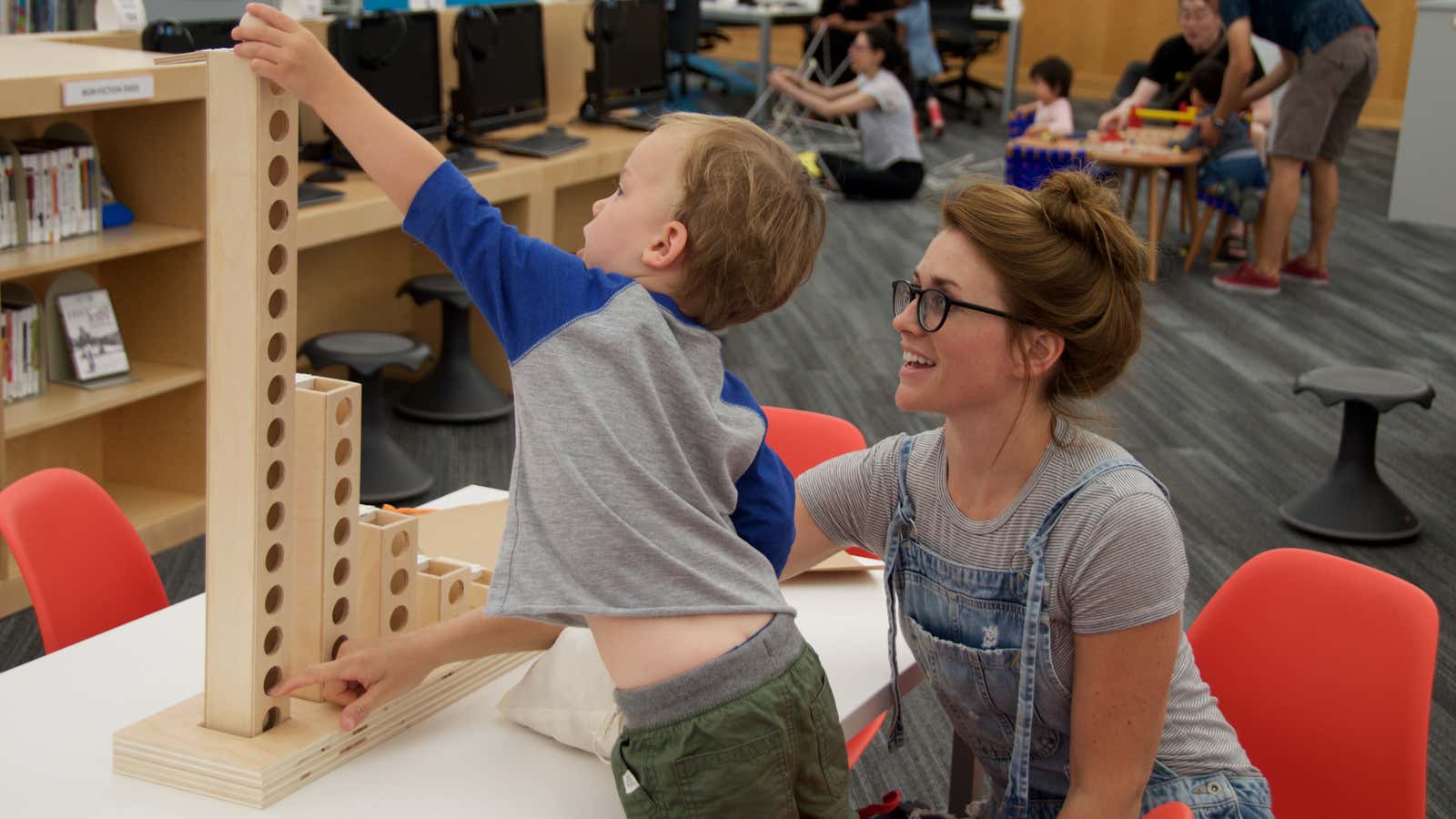Kimberly Smith was a master’s student in the MIT Media Lab’s social computing group when she first began dreaming up wooden toys to teach children how to code.
At the time, the lab was looking into small-scale solutions in education, agriculture, and transportation “that would make cities stronger and better and more livable,” says Smith. “These were things like small-scale parklets or micro permaculture farms.” The idea was to “use the small scale model to affect big change.”
While working on a project to create a new model for education, Smith, who comes from a design background, grew fascinated with the Montessori method. The century-old, child-led approach focuses on fostering a child’s natural curiosity through tactile objects and play sets designed to teach concepts like object permanence, decimal numbers, and world geography. Within these sculpture-like materials, Smith found the inspiration for what would become her venture, Learning Beautiful.
“My team started thinking, well, these are really wonderful,” says Smith, “and so much has changed in the world since a lot of these materials were made, in terms of the content that we want children to learn.”
The team began hosting hackathons, intensive brainstorming and building sessions, with teachers, Montessori experts, architects, and designers to create a new generation of Montessori toys. The resulting creations taught things ranging from physics to design. Over time, Smith honed in on teaching computational literacy, and the work turned into her thesis.
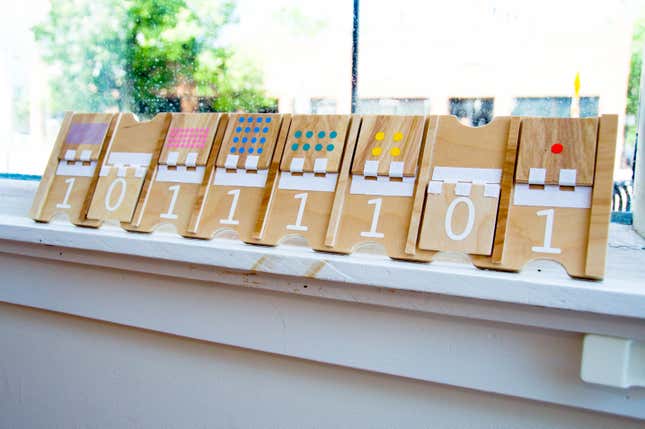
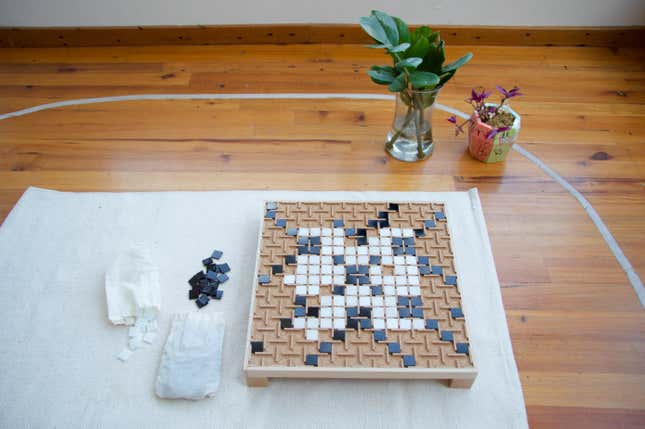
“Computation is incredibly important for children today. It’s a powerful skill that you can really use across disciplines,” says Smith of her focus. At the same time, she didn’t want to increase the amount of time children spend consumed by technological devices and screens. “You kind of have this dilemma: You want children to be learning these important concepts, but maybe there’s a way to go that doesn’t rely on using technology.”
Along with Media Lab colleague Yonatan Cohen, Smith worked closely with education experts to capture the foundational concepts of computation, such as binary numbers, Boolean logic, and programming, in simple wooden toys. With each design iteration, Cohen and Smith brought their materials to Montessori classrooms for testing with children of different ages. “Sometimes you put something in the classroom with a child, and it doesn’t really work,” Smith laughs.
For her thesis, Smith performed two observation-based studies. One, conducted over four months, focused on three classrooms—two of which were primary, ages three to six, and a third that was lower elementary, ages six to nine. It made her realize there was a huge difference between how three-to-six year olds and six-to-nine year olds interacted with her materials. The younger children were drawn in by the tactile feeling, color, and sound of the pieces, whereas the older children appreciated a game’s other layers, such as the symbolism behind its different colors or the computational concepts behind its design. “It led me to this interest in creating materials that can be used for both age groups,” she says.
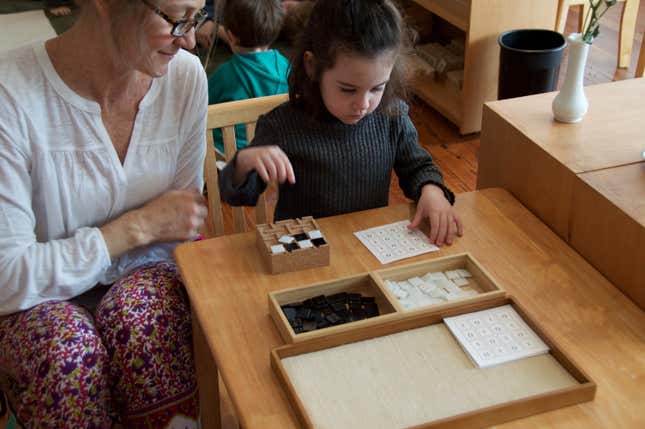
Each of Learning Beautiful’s toys are designed with this goal in mind. For example, the Binary Towers, which use wooden balls and hollow towers of different heights to teach binary counting, makes a clicking sound that delights three-year-olds when the balls are slotted into the towers. The game also involves exacting rules of play—the towers can either be full, which represents 1, or empty, 0, but not in between—that excite nine-year-olds. Similarly, the Pixel Board, which uses small black and white tiles to build pictures, is designed to engage a three year-old’s obsession with tiny objects, as well as a nine year-old’s enthusiasm for completing puzzle-like challenges. All the while, it teaches the concept of using simple binary units to construct complexity.
In Montessori classrooms, teachers curate their students’ learning materials through trial and error. When a play set elicits high engagement from children, it is kept; otherwise, it is removed. Within this framework, Smith’s materials have shown promise during classroom-based research studies. Mary Rockett, a Montessori expert with 30 years of teaching experience, says she’s seen the right indicators among her three-to-six year olds “that suggest to me that they are getting something out of [Smith’s] materials.” “My observations in seeing the children use Kim’s materials, as compared to the way they use other materials in the Montessori classroom, is just with joy and concentration. The materials are self-chosen. There’s repetition; they go back to it again and again,” she says.
Learning Beautiful isn’t the only company designing analog computer science learning materials for kids. London-based Primo Toys offers a different Montessori-inspired play set called Cubetto, which includes a wooden code board and colorful block pegs that children use to program the movements of a rolling cube robot. Another initiative called CS Unplugged provides free instructions for a collection of household-object-based learning activities that teach concepts from binary numbers to sorting algorithms.
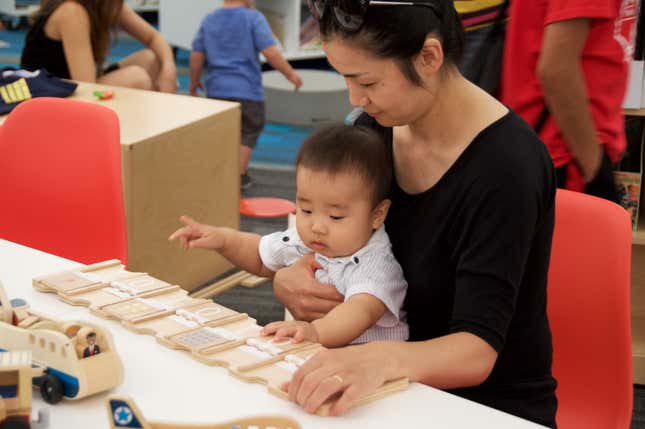
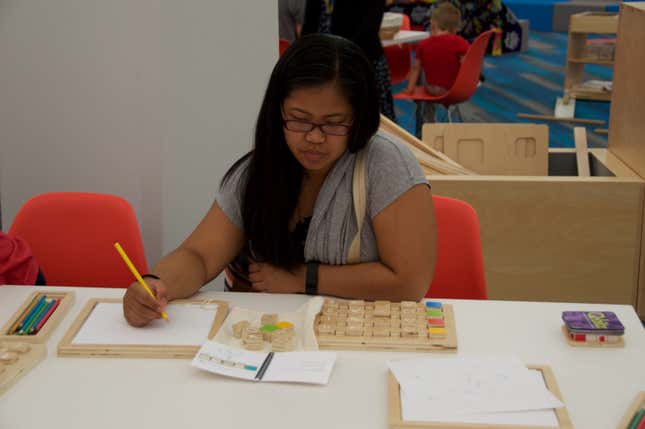
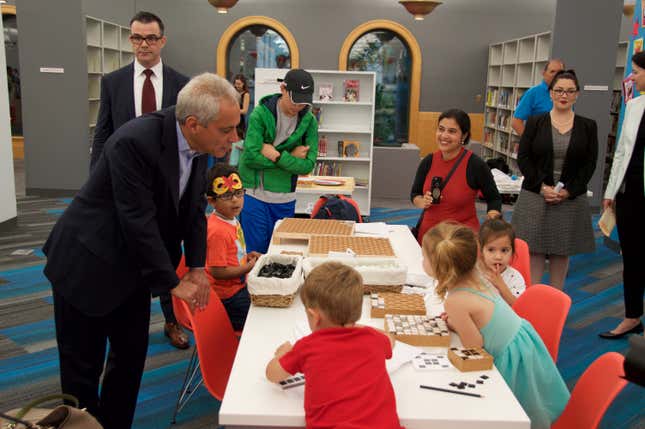
Smith acknowledges Cubetto’s similarities with Learning Beautiful’s materials but says the former “still requires a technological approach”—the battery-powered board executes programmed commands to the motorized robot through “its own hidden computer of sorts” in the back-end. It also “isolat[es] one component of computational thinking” in contrast to Learning Beautiful’s broader curriculum. “It is a really cool project, and their success has helped us realize the market potential,” she adds. Cubetto Classic currently sits at $225, whereas Kim estimates the price of a full set of her materials—including seven or eight modules with companion lesson plans—will be $750 after the first round of production. Her goal is to price each module at $50 to $75 and the full set at $350 to $500 once it enters the home market.
With $15,000 in funding from MIT’s DesignX accelerator, Learning Beautiful is now wrapping up its first fabrication run. Smith predicts the products will be ready to deliver to US customers by the end of the year or January 2018. The toys have received a lot of interest, says Smith, especially from public libraries after a learning set debuted at the Chicago Public Library in August. The company also plans to market their early iteration products to schools and museums at the initial, higher price point, which will allow them to slowly scale and reach their target price for homes.
“I’d love to see these for the whole market at a great price point in the next year and a half,” says Smith. In the long term, she envisions using the revenue to increase Learning Beautiful’s reach to a greater diversity of users, including students in countries with limited access to technology.
